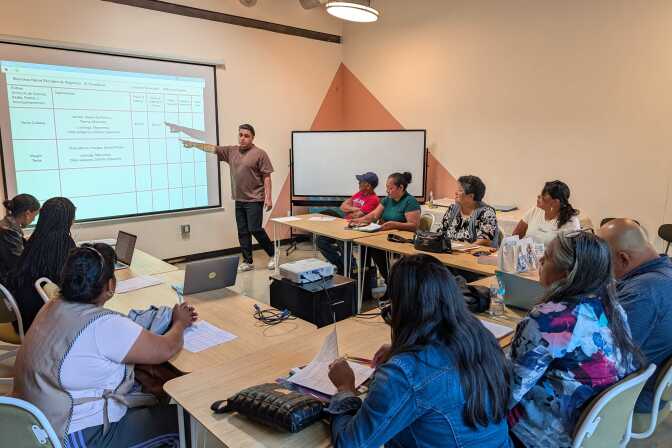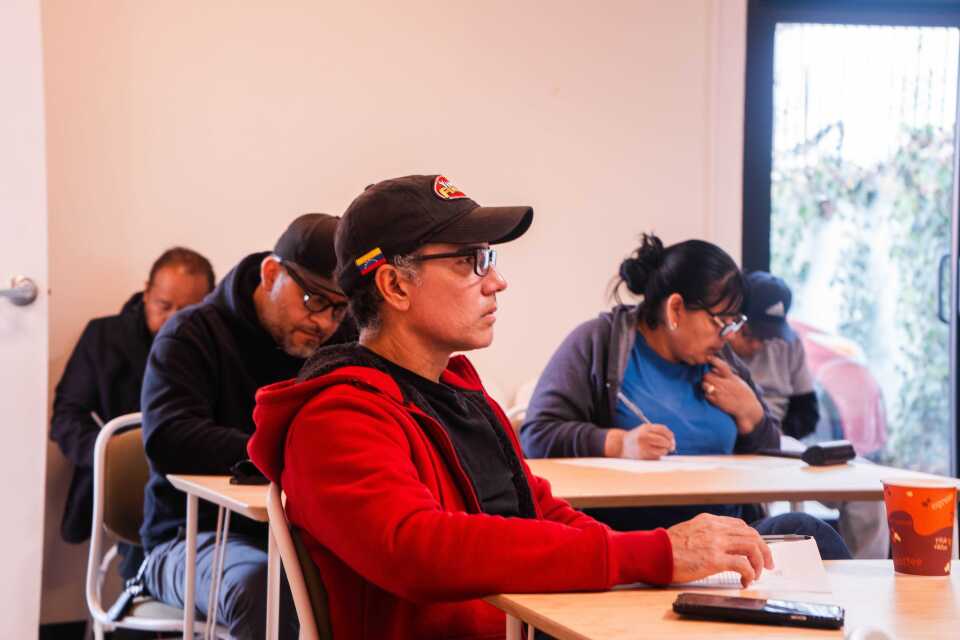Topline:
The Orange County Grand Jury released a scathing report Monday that accused the county supervisors of undermining the public’s trust when they granted themselves a 25% pay increase.
Background: The Orange County Board of Supervisors approved a 25% pay hike in June 2025, raising their salaries to a level higher than that of the California governor. Previously, supervisors were set to earn 80% of a Superior Court judge’s salary, but the board voted to change that to 100% match a judge’s salary. With the pay hike, they now make at least $244,000.
Why it matters: The pay hike came just after former Supervisor Andrew Do was sentenced to five years in federal prison. Do pleaded guilty to a felony bribery charge in October 2024 for accepting more than $550,000 in bribes. The county itself is also financially in hot water following the Airport Fire, which has racked up hundreds of millions of dollars in damage claims against the county.
Read on … for more on the Grand Jury’s findings.
The Orange County Board of Supervisors “undermined” the public’s trust when they granted themselves a 25% pay increase, according to the latest OC Grand Jury report released on Monday.
Since 2005, supervisors were set to make 80% of a Superior Court judge’s salary. That changed in June, when the board approved a 25% pay hike, increasing their salaries by about $49,000 to at least $244,000.
The pay increase raised eyebrows over the summer, sparking the Grand Jury investigation. A Grand Jury is a panel of citizens who investigate local government and public agencies. Members serve one year and look into several issues during that time.
It came just weeks after former Supervisor Andrew Do was sentenced to five years in federal prison for accepting more than $550,000 in bribes. The county itself is also financially in hot water following the Airport Fire, which has racked up hundreds of millions of dollars in damage claims against the county.
“The timing was especially troubling as the County of Orange (County) has been facing hiring freezes and budget constraints,” the Grand Jury reported. “This decision was not only tone-deaf — it reflected a deeper disconnect from the Board’s duty to serve the public with transparency and fiscal responsibility.”
What does the Grand Jury say?
The Grand Jury questioned how the item was presented to the public and whether it was purposefully buried within the county budget agenda item.
“The Board added their salary increase into the $10.8 billion 2025-2026 Orange County Annual Budget adoption process. This resulted in a minimal description in the agenda and minimal opportunity for citizen input,” the Grand Jury reported. “Therefore, the Grand Jury investigated: why did they want to conceal their salary increase, was it warranted at this time and who initiated it?”
The board’s vote, the Grand Jury stated, signifies that the board prioritizes personal gain over accountability and public trust.
“Elected officials are entrusted to serve, not to enrich themselves. When this happens, the foundation of representative democracy is undermined,” the Grand Jury said. “The people of Orange County deserve better, and the people must demand it.”
How are officials responding?
OC Supervisor Katrina Foley — the lone dissenting vote on the raises — said she was not surprised by the Grand Jury’s findings.
“I think most people felt that it was poor form for that to happen at that time, and given our current economic instability due to what's happening at the federal and the state level,” Foley told LAist.
Following the criticism, Supervisors Vicente Sarmiento and Doug Chaffee said they would donate their increased pay to charity.
“I am open to considering the recommendations in the report for changes to the pay ordinance and how future increases are approved, and I have been open to reconsidering the pay increase,” Sarmiento said in a statement.
A county spokesperson and Supervisor Don Wagner declined to comment. Supervisor Doug Chaffee and Janet Nguyen did not respond to LAist’s request for comment.
What’s next?
The report made a handful of recommendations, including that the board rescind the pay raise and salary changes by next March “to restore institutional trust and demonstrate a genuine commitment to transparency and accountability.”
It also recommends that the board adopt procedures for proposing, reviewing and approving future supervisor salary changes that include public hearings.
The county has 90 days from the release of the report to respond to the Grand Jury, according to a county spokesperson.












